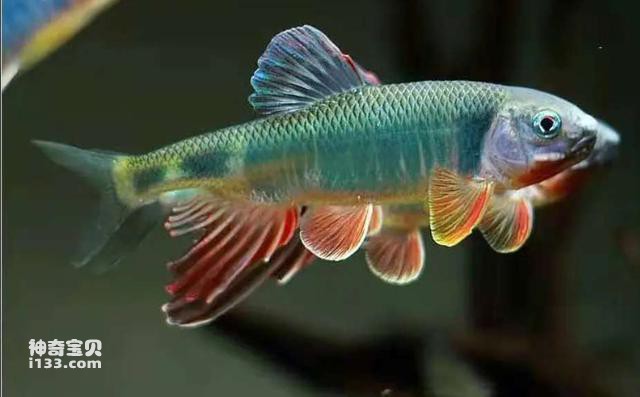Fish are a group of animals widely distributed in freshwater and marine environments. They have diverse dietary habits and often rely on more than just fish feed. The following is a detailed introduction to fish food sources:

Plankton:
Many species of fish eat plankton in the water, including zooplankton (such as plankton and phytoplankton), planktonic molluscs, and planktonic invertebrates. These tiny creatures are abundant and diverse in the water and have become one of the main food sources for fish.
Benthic organisms:
Some benthic fish feed on benthic organisms, including benthic invertebrates and benthic plants. They may obtain their food by foraging or searching for sediment on the bottom.
Phytoplankton:
Some fish feed on algae or other phytoplankton suspended in the water. These plants are often rich in nutrients and provide energy and essential nutrients to fish.
Other fish and aquatic animals:
Some carnivorous fish prey on other small fish, shrimps, crabs and other aquatic animals. This type of fish usually has well-developed predatory organs and hunting skills.
Aquatic vegetation:
Aquatic vegetation may also be a food source for some fish. Some herbivorous fish will eat the leaves, stems and roots of aquatic plants.
Artificial feeding:
During the breeding process, fish are usually provided with feed, which usually includes fish feed, pellet feed and other specially prepared feed. These feeds provide the protein, carbohydrates and other nutrients required by the fish.
Therefore, fish have diverse eating habits and they will choose different types of food sources according to their species and living environment. For people, understanding the eating habits of fish is crucial to both farming and protecting these animals.
animal tags: fish
We created this article in conjunction with AI technology, then made sure it was fact-checked and edited by a Animals Top editor.